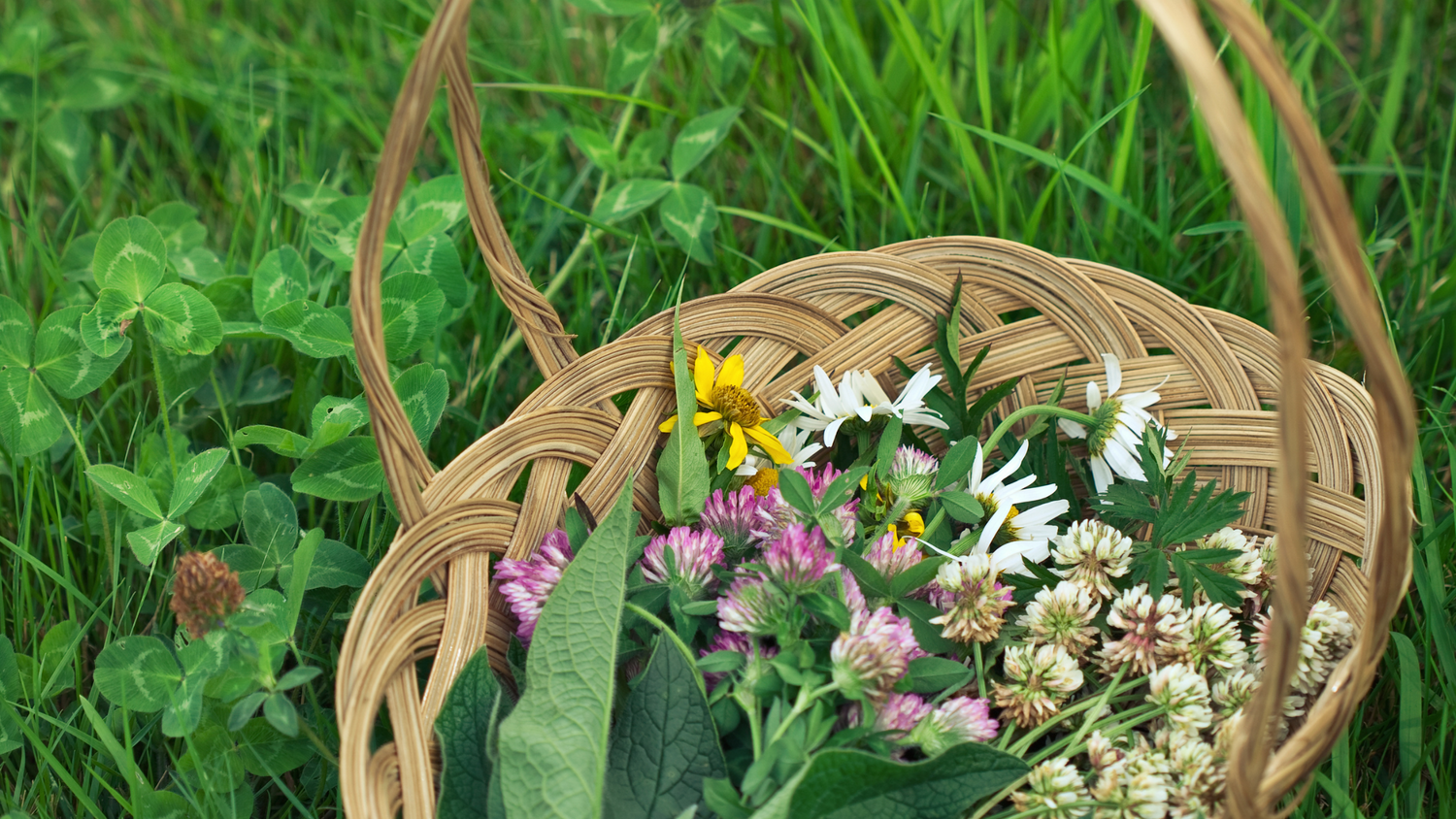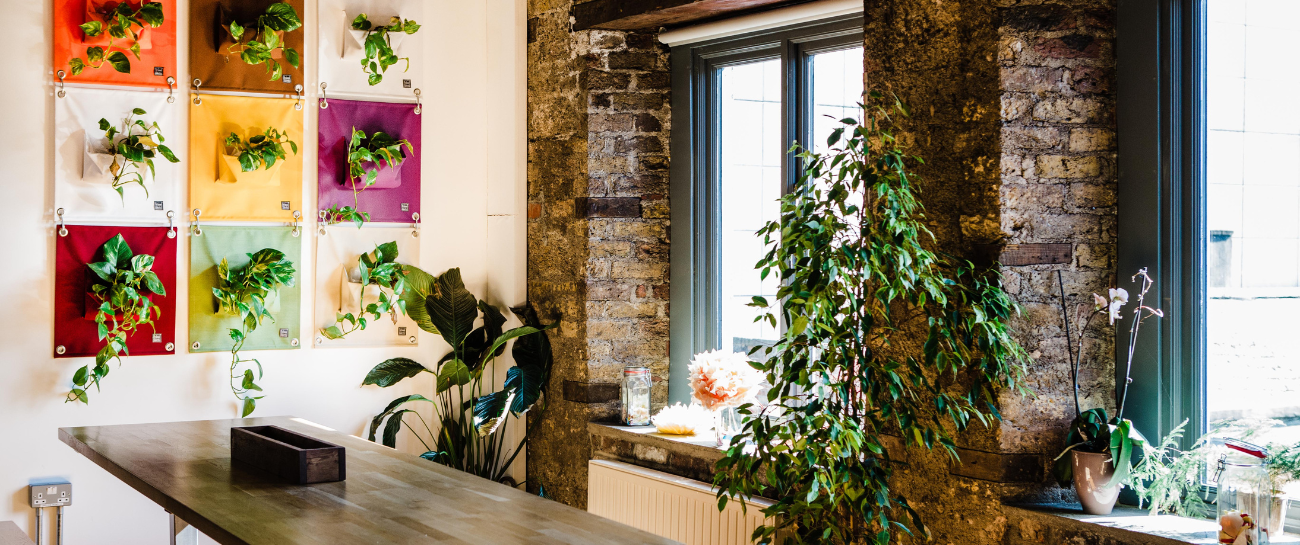Despite the creepy-crawly name, the Spider Plant or “Clorophytum comosum” is among the most popular indoor plants seen across homes and workplaces worldwide.
The Spider Plant is so named because of its spider-like leaves, or "spiderettes", which dangle down from the mother plant, just like spiders on a web.
Known for their ease of care, the spider plant is “black-thumb” approved and makes a great choice for first-time plant owners and those who usually opt for faux plants.
The Spider Plant originates from South West Africa and is thought to have been introduced to Europe in the late 18th century by the intrepid plant explorer Carl Peter Thunberg.
While appearances may be similar, there are many varieties of Spider Plant. Four of the most common include:
- Chlorophytum comosum- potentially the original Spider Plant. Its leaves are all green with a subtle light green shade running through the centre.
- Chlorophytum Comosum "Vittatum- this was the first variegated cultivar (shows more than one colour in its leaves) of the Spider Plant and was the most popular amongst plant lovers until the late 1990s. It has mid-green leaves with a broad central white stripe.
- Chlorophytum Comosum "Variegatum"- has dark green leaves with white margins. It's generally more compact than the previous cultivar.
- Chlorophytum Comosum "Bonnie"- has the traditional green with white stripe variegation of the ‘Vittatum’ but it's leaves curl and bend.

Health Benefits of the Spider Plant
Many of us know that the quality of the air we breathe is vital for sustaining good health.
However, often when we consider air pollution we most likely think of the air quality outdoors, where we can almost see and smell the pollution.
Alternatively, indoor air pollution can be considered an invisible killer and can have an even greater threat to our health due to the amount of time we spend indoors each day with invisible, odorless elements of the harmful chemicals.
The good news is the humble little Spider Plant, perched on that shelf in the bathroom is watching out for us and our health.
The Spider Plant was one of the 29 plants brought to space by NASA is listed as one of the top plants in NASA’s “Clean Air Study”.
And with good reason…
They’ve been found to remove 95% of formaldehyde in the air, in addition to improving oxygen levels and removing carbon dioxide and nitrogen dioxide!

How to care for your Spider Plant
When it comes to Spider Plant care, less is often more. While Spider Plants will grow under most conditions, there are some things to consider if you want your plant to thrive.
![]()
Light: Spider Plants thrive best in bright natural sunlight, however, they will also do just fine in partial direct sun conditions. Be careful that your Spider Plant does not get too much sun — this is noticeable if the leaves begin to burn. It’s also a good idea to rotate your Spider Plant periodically so that both sides of the plant get the benefit of its nearby light source.
![]()
Water: You should water them liberally throughout the summer and mist them occasionally. During winter, cut watering back. Spider plants cannot tolerate standing in water so ensure they are placed in a well-draining pot.
![]()
Temperature: Keep your Spider Plant in a space with average temperature and avoid rooms that go below 12- 18 °C or are prone to cold drafts.
![]()
Repotting: We recommend potting-up the spider plant into a large container early in it's life and thereafter not required for a few years afterwards possibly 4/5 years later. The reason being it has a rhizome root which needs to develop in size and will quickly become pot bound in small pots.
![]()
Feed: Feed your Spider Plant weekly during the summer with liquid fertilizer or use pellets at the beginning of the growing season.
![]()
Cleaning: Keep the leaves of your Spider Plant dust and pest-free by cleaning the leaves regularly with a damp cloth

Common Problems to watch out for with the Spider Plant
Help, the tips of my spider plant’s leaves are turning brown!
This is known as tip burn and is very common with Spider Plants. It can be caused by dry soil, low humidity or a buildup of salt and chemicals found in some tap water. To keep tip burn at bay, keep the soil of your Spider Plant slightly moist, avoid overwatering and cut off any brown tips as they occur.
What do I do with my Spider Plant babies?
These “pups” are essentially like newborns. While they are still attached to its mother, plant the pup in its own container with well-draining soil. Wait to detach the pup until it is established on its own (new growth is an indication) and then cut them apart.

Where to place your Spider Plant at Home
Spider Plants are the perfect low-maintenance plant and will generally grow happily in any room of your home. They’re especially practical additions for small homes because they do well when they’re root-bound. Their love for “cramped” spaces makes them easy to move around and maintain.
Spider plants are also great for adding texture and greenery to any space.
A favourite way to show off Spider Plants’ foliage and dramatic flower shoots is to display them in hanging baskets in front of a window.
Alternatively, since they’re humidity-loving species, consider incorporating Spider Plants into your bathroom décor plan.

Where to buy a Spider Plant in Ireland?
The good news is that no matter your size or budget, we have a Spider Plant for you! We stock the Spider Plant in 2 size varieties on our online plant store.
If you are looking to grow your plant knowledge further, why not check out some of our similar posts:
- Plant Spotlight: Monstera Deliciosa
- Our Guide to choosing the right plant for each room of your home
- Repotting your houseplant: Everything you need to know!
Wait, before you go, please join the plant party over on social
@plantstoreirl





